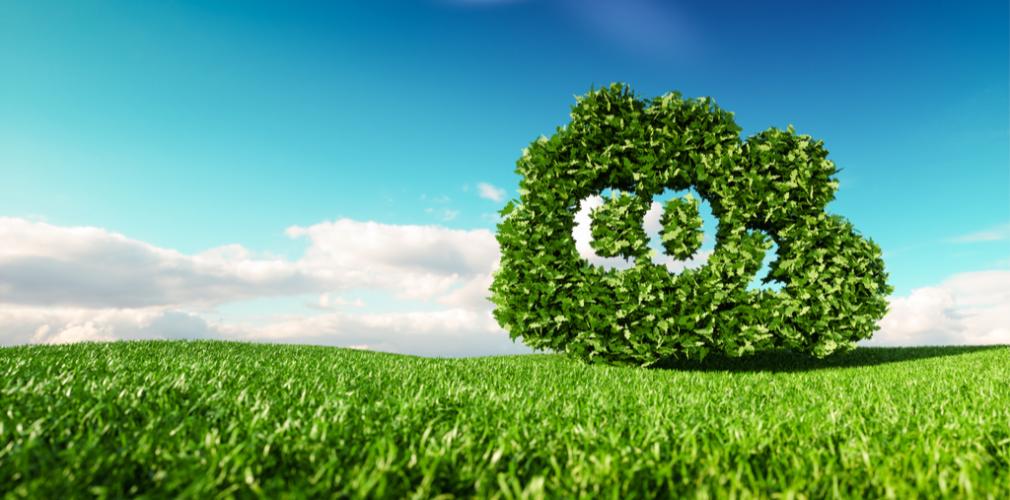Nowadays the protection of the environment, and particularly the reduction of greenhouse gas emissions, are hot topics that worry us all. The consequences of these are progressive climate change and the increasing deterioration of the planet. In these current circumstances we wonder whether modern growing techniques can help reduce this dramatic trend in marijuana cultivation.

Sustainable indoor cannabis production
Manufacturers in the cannabis industry are developing systems that are becoming more efficient and environmentally-friendly, as they are made from recycled materials and consume less energy.
Energy-saving equipment
Materials are evolving towards this, which is beneficial to both our economy and the planet as a whole. Specialized distributors currently offer a wide range of great energy-saving lighting systems.
These systems include fluorescent tubes, energy-saving CFL bulbs, LED lamps, and CMH/LEC lighting systems, which showcase significantly reduced heat emission and electricity consumption.
Ventilation system manufacturers are also gradually introducing new features regarding this: they're launching increasingly more efficient equipment with lower energy needs, which means a great advancement from a sustainability point of view.
In fact, the recently developed climate management centers take this criteria into account: when it comes to designing equipment, their philosophy is to improve climate synergy with minimum energy consumption.
It is clear that the environmental impact of these two product lines in indoor cannabis growing can have disastrous repercussions.
Greenhouse cannabis growing

Greenhouse cannabis growing is an intermediate solution between indoor and outdoor growing. But even though this technique takes advantage of sunlight as a source of light energy, it also needs several auxiliary systems that require high electricity consumption.
Technological and ecological evolution
In most cases, greenhouse cannabis growing is done at large-scale, which translates into a pretty significant ecological impact.
In professional cultivation all aspects need to be studied thoroughly: from the global design of all infrastructure to the project's final objective; and all this whilst respecting the inevitable economic viability.
Let's not forget that every square meter of a crop has a direct impact on the issues that we're talking about on this post. This is why greenhouse manufacturers try to make the most out of the natural resources offered by the climate of the area where the project is going to be developed.
So the choice of equipment is based on these criteria rather than on saving. LED lamps have got a lot to offer on these projects. And firms specialized in climate management strive to develop their ingenuity to modernize their air-conditioning and ventilation systems.
An example of this is geothermal energy, which is being applied more and more frequently. This is a process that entails recovering heat from the ground by means of a heat pump that transforms it into energy, which implies a lower need for electricity to maintain the required climate conditions.
The installation of solar farms adjacent to crops is also a feasible solution for the production of electricity and reduction of energy consumption.
Outdoor cannabis growing

Outdoor cannabis growing undoubtedly has a bright future ahead, simply because the cost is much lower, as well as being the best way to protect the environment.
The best solution for the future
Without a shadow of a doubt, this type of growing will be the most common in the not-so-distant future, simply because it entails the lowest production cost and the smallest environmental impact.
Outdoor cannabis grows don't incur the high cost generated by made-to-measure infrastructure, lamps, air-conditioning and ventilation systems, grow and transport tables, or any other equipment that requires the use of energy.
The sun is the best source of light that there is; the wind is the best air-conditioning system; and the natural environment knows how to protect the plants. Nature knows how to act provided we interpret its mechanisms and interactions appropriately.
In this case genetics is key; therefore it is vital to use high-quality cannabis seeds that are suitable for the climate where the plants are going to develop. What you need are stable strains with high resistance to local pests and diseases.
It is important not to lose sight of the overall quality of the final product. The cannabis flower must exhibit a nice aroma and flavor, and an effect that provides superb therapeutic properties.
As in any large-scale crop, the different key players in the cannabis sector must take into consideration everything explained here in the long term.
The result will be really positive for consumers: the prices of the final product should naturally drop and the environmental impact would be reduced. But evidently, the emerging green wave still has a lot to prove...





Give us your feedback
Your rating (between 1 and 5)
1 2 3 4 5Leave a comment